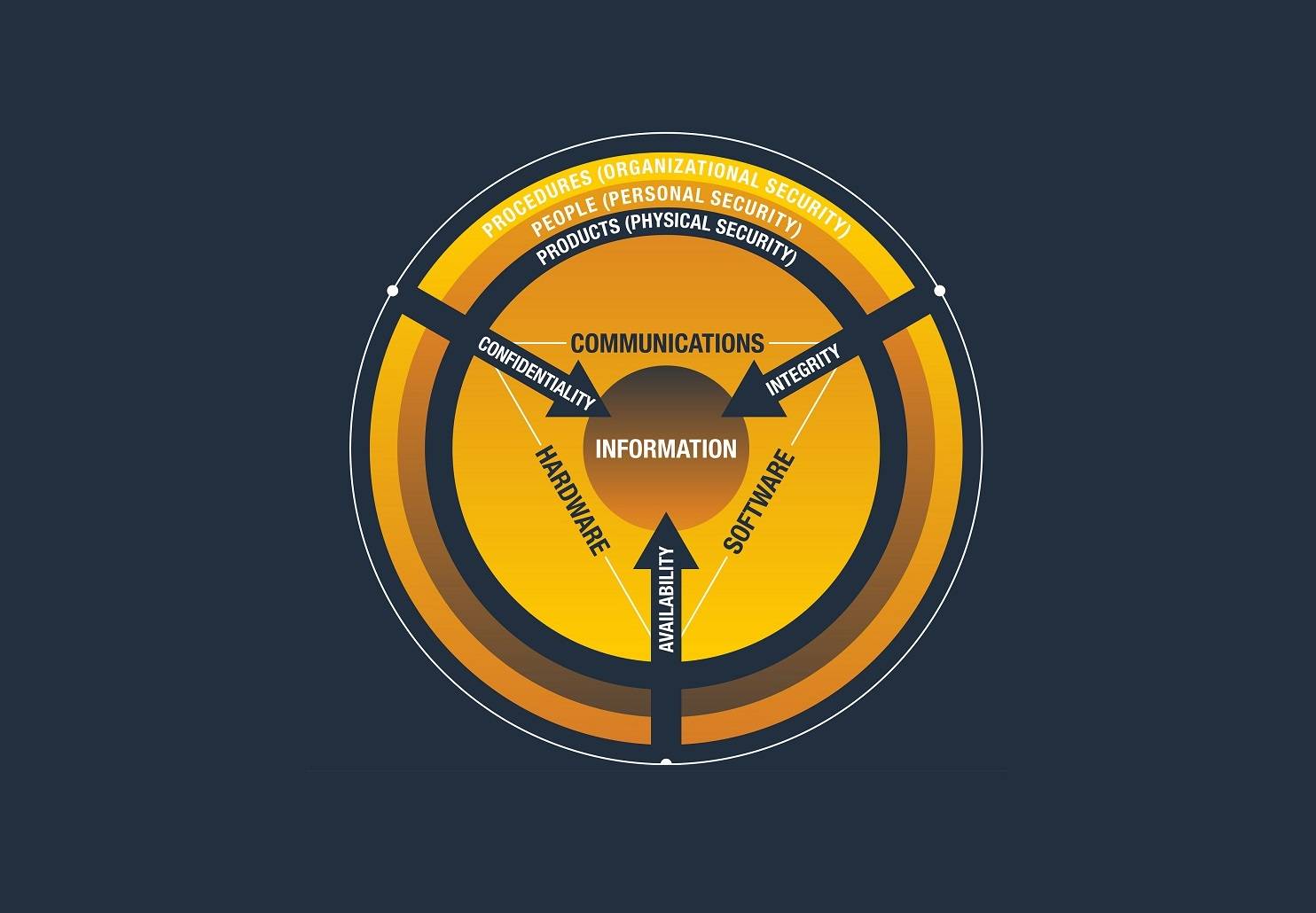5min read
In an era where digital threats are increasingly sophisticated, the security of new applications is paramount. This article delves into the critical need to embed security measures focusing on confidentiality, integrity, and availability (CIA) right from the design phase of application development. It emphasizes how such an approach not only mitigates risks but also builds a robust foundation for secure software.
Embedding Security in the Design Phase:
The journey to a secure application begins at the design stage. This proactive stance involves identifying potential security risks and incorporating security features at the outset. Tools like threat modeling and risk assessments are invaluable here, helping developers foresee and plan for potential vulnerabilities.
Confidentiality: Safeguarding Sensitive Information
Confidentiality is about ensuring that sensitive information remains inaccessible to unauthorized users. Techniques like strong encryption protocols, secure communication channels (like SSL/TLS), and robust authentication mechanisms are critical. The principle of least privilege, where users are given only the access they need to perform their tasks, further fortifies confidentiality.
Integrity: Maintaining Trust in Data
Integrity refers to the assurance that data is accurate and untampered. Implementing checksums, digital signatures, and hash functions can verify data integrity. Additionally, secure coding practices, such as input validation, can prevent common threats like SQL injection and cross-site scripting, which are known to compromise data integrity.
Availability: Ensuring Reliable Access
Availability ensures that applications and data are accessible to authorized users when needed. This is achieved through redundant systems, regular backups, and effective disaster recovery plans. Measures to counteract DDoS attacks, such as network redundancy and rate-limiting, are also vital for maintaining high availability.
Defense in Depth: A Layered Approach
Defense in depth is about creating multiple layers of security to protect the application. This strategy encompasses everything from physical security and network defenses to application-level controls and user education. It’s about creating a comprehensive security posture that addresses threats from multiple angles.
Minimizing Trust Boundaries: A Principle of Secure Architecture
Minimizing trust boundaries involves designing systems where components operate with the least amount of trust necessary. This approach reduces the attack surface and limits the potential impact of a breach. It also involves segmenting networks and applying strong access controls to limit lateral movement within systems.
Continuous Security: Beyond the Launch
The work doesn’t end at deployment. Continuous security through regular security audits, constant monitoring, and promptly addressing new vulnerabilities is essential in maintaining the long-term security of an application. This includes keeping abreast of the latest security trends and updating security protocols as needed.
Building security into new applications is a comprehensive process that requires diligence and foresight. By prioritizing confidentiality, integrity, and availability from the design phase and employing a defense-in-depth strategy, developers can create robust, secure applications. This approach not only mitigates immediate risks but also establishes a culture of security that adapts and evolves with emerging threats.
For organizations looking to strengthen their application security posture, Anmel offers expert consultation and solutions. Contact us to learn how we can help secure your digital assets from the ground up.




